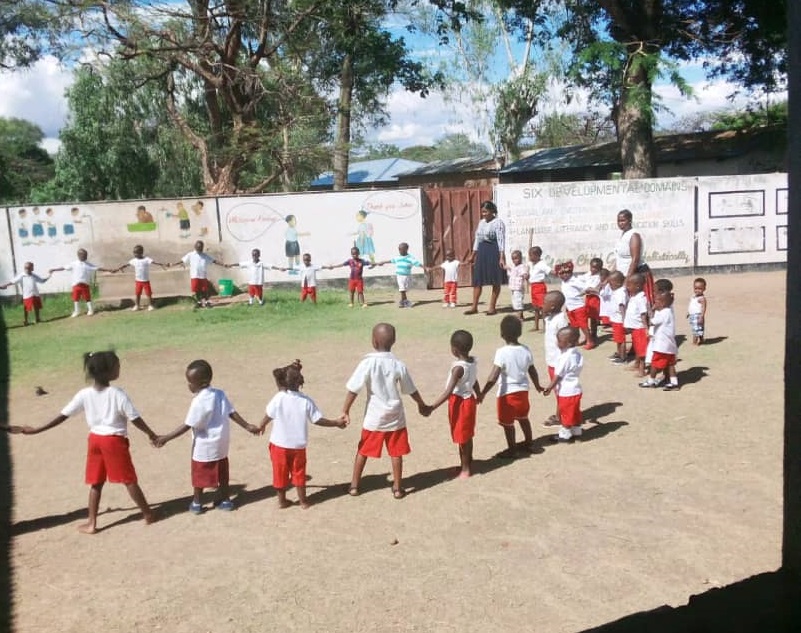
Understanding Risks and Protective factors in child protection; tips for Child Care Institutions (CCIs)
Vitumbiko Ngwira*
Child protection unavoidably involves uncertainty, ambiguity and fallibility. The world rightly expects high standards from child protection workers in Child Care Institutions in ensuring that children are at all times in a safe environment, but achieving this is not an easy task. Well, before going further it is good to note that there is no single known cause of child abuse and neglect; it occurs across all socioeconomic, religious, cultural, racial, and ethnic groups. Child Care Institutions must ensure that they conduct periodic child protection risk assessment to ensure that children are at all times safeguarded against harm. This short reflection can also be beneficial to ECDs, primary and secondary schools, churches or any other place that looks at the welfare of children. It’s always important to keep in mind that the aim is not just to minimize the danger to children but rather to maximize their welfare. Let us look at some key areas of risk assessment for child protection.

Always have enough and qualified staff to ensure that children are given good attention at all times. Lack of enough and qualified staff is a risk factor for the protection of children. The responsibility of protecting children from harm requires an institution to have competent people in child protection. It is not enough just to have many staff in a CCI, but it is imperative to have staff with knowledge about child protection. This gives them confidence to provide protection to children at all times. In order to enhance knowledge in child protection, institutions need to organize continuous trainings to their staff and children on child protection. Understaffing in a CCI is huge risk factor for child protection. This becomes even worse when the few existing staff do not have the right qualification to adequately protect children from harm.
Special needs children require extra attention to ensure that they are safe at all times. Special needs increase caregiver’s work. Examples of special needs in CCIs may include children with mental health issues, and chronic physical illnesses. As an institution it is always important to assess your capacity for taking care of children with special needs. Lack of adequate capacity in handling special needs cases might lead to more harm to the children.
Having children under the age of 4 is another risk factor that CCIs need to pay particular attention to. The admission conditions to CCIs of these children are solely based on the fact that there is no close relative who can offer good care for their upbringing and in this case CCIs become a safer environment for their upbringing. Normally, Under 4 children require extra care which will be difficult if your institution does have enough staff to take care of them.
Lack of clear child protection policy is also another huge risk factor for the protection of children in CCIs. A child protection policy gives guidance to caretakers on how they can best create a safe environment for children. CCIs must ensure that they have a working Child Protection Policy in place. The policy should be oriented to all staff members and all children.
Having looked at some of the risk factors it is important to also look at some protective factors for children in CCIs.
CCIs need protective factors to buffer children from abuse and neglect. These include having caring caretakers who put the welfare of children at the centre of everything. Caring caretakers can help children to be resilient and have ability to cope with any situation that exposes them to risks. Caring caretakers can help children to have self-esteem, cultivate a sense of independence, and positive attitude.
CCIs need to offer a good environment for the safety of children. For example they must ensure that any electrical appliances are far from reach of children. They must also ensure that children have enough space in their rooms to avoid congestion.
Preparation for any danger is a very important protective factor. CCIs should invest in preventive measures for any potential danger. For example, fire drilling sessions should be conducted to all workers and there should also be provision for fire assembly points within the CCIs.
In conclusion, understanding the risk and protective factors for child abuse and neglect is important for developing effective prevention interventions in CCIs.
The Author is Director of Lusubilo Community Care
